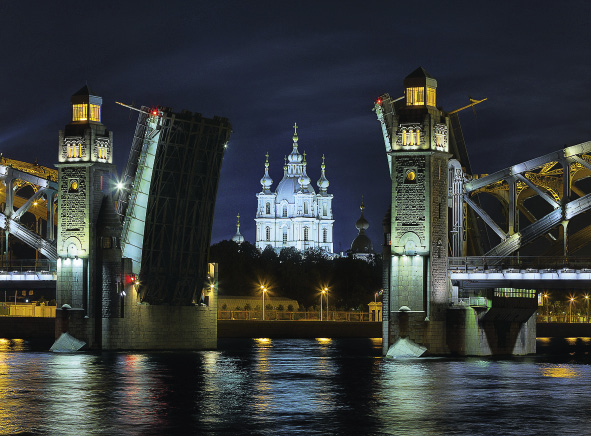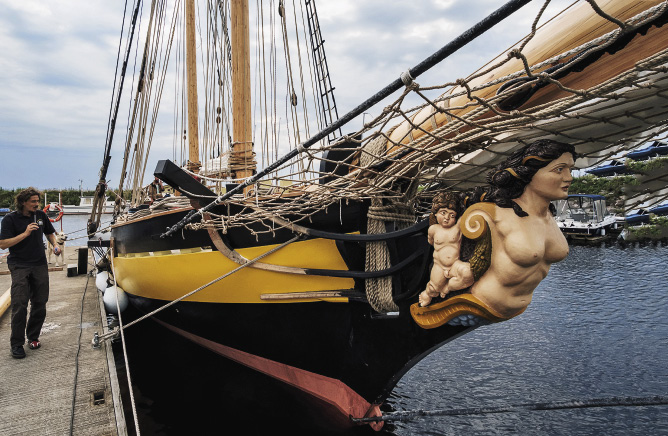The city
St. Petersburg is the second largest city in Russia, with a population of about 5.3 million people, and the administrative centre of the NorthWest Federal District and the Leningrad Region. Tsar Peter I founded St. Petersburg in 1703 in the delta of the Neva River, and from 1712 to 1918 the city was the capital of Russia. One of the most beautiful cities in the world, it has many historical monuments and attractions, and it was the cauldron of three revolutions: in 1905-1907, then in February and October 1917. The unofficial names of the city are Russia’s “Cultural Capital” and “The Northern Capital”. During the Second World War, residents and defenders of Leningrad withstood a historical blockade by Nazi troops, which lasted 872 days, during which according to various estimates between 650,000 and two million people died. The restoration of some monuments destroyed by the war continues to this day. The historical centre of St. Petersburg and its associated sites are included in the UNESCO World Heritage List. St. Petersburg is connected with many other regions of Russia and a number of countries in Europe, Asia, Africa and North America, by air, water and railway routes: it has the modern international “Pulkovo” airport, as well as five railway stations, and sea and river passenger ports. The distance from Moscow to St. Petersburg along the federal highway is 707 km.
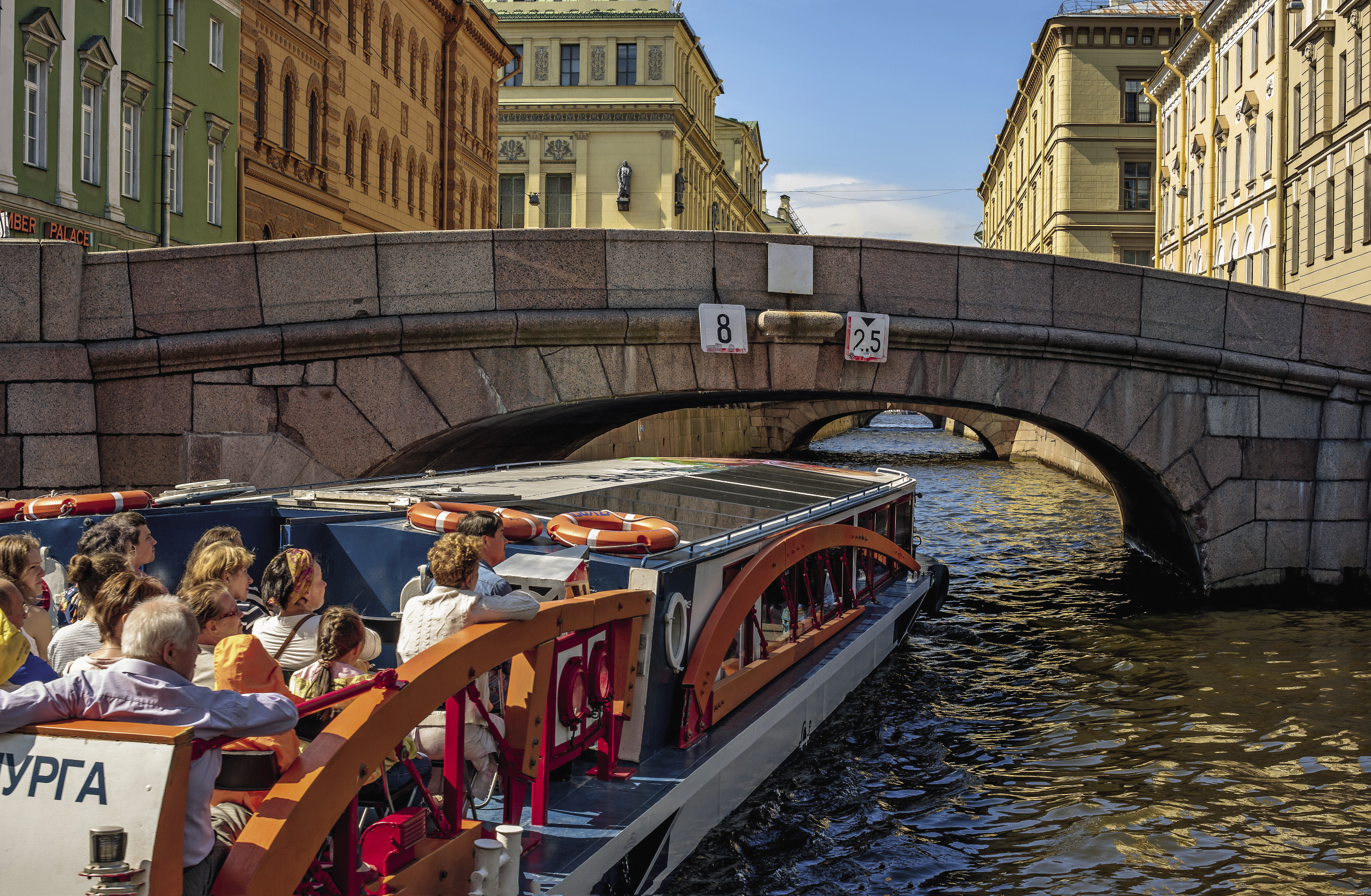
Schedule of matches
St. Petersburg will host seven world championship matches: four group games – with first stage matches with the participation of teams from groups A, B, D and E, an 1/8, a semi-final and a semifinal. The group games will be held on 15, 19, 22 and 26 June. The 1/8 play-off is on July 3, the semi-final on July 10, with the play-off for third place on 14 July. The teams will play at the new “St. Petersburg” stadium, which was specially built for the FIFA Confederations Cup 2017 and the 2018 World Cup.
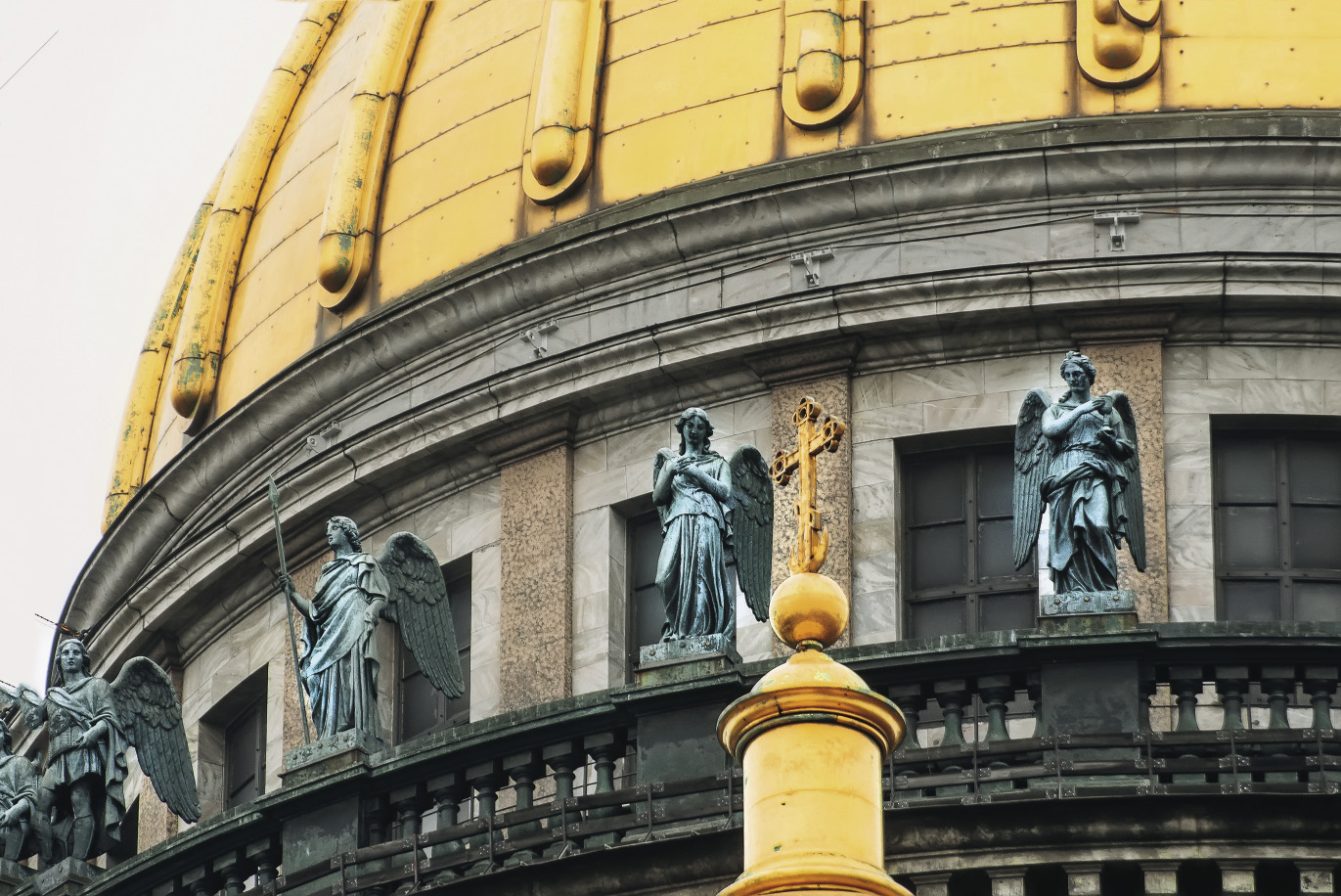
The stadium
The new “St. Petersburg” football stadium is located on the site of the former Kirov stadium. The only stadium in Russia with a roll-out field, the project was designed by the Japanese architect Kisyo Kurokawa. The most expensive arena of the 2018 World Cup, its construction took a total of 10 years. It can accommodate from 69,000 fans for football matches and up to 80,000 people for concerts. In 2017, four matches of the FIFA Confederations Cup were held at the stadium, and at the end of the World Cup it will be transferred to the “Zenith” football club. In 2020, matches of the European Football Championship will be played there. Address: Krestovsky Island, South Road, 25.
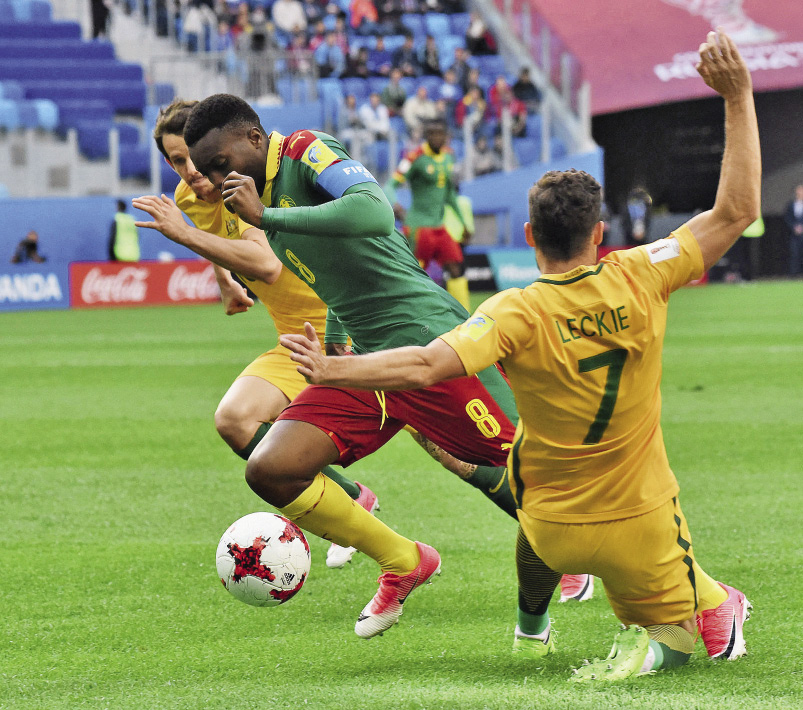
How to get to the stadium
There are several ways to reach the arena, including by metro to the “Krestovsky Island” station, from where temporary buses will be organized. During the competition, shuttles will also directly link the stadium to Pulkovo airport and railway stations. By the start of the 2018 World Cup, the government of St. Petersburg will have opened the new “Novokrestovskaya” metro station near the stadium. Fans with match tickets can travel free. A new foot bridge will also link the stadium with Vasilievsky Island.
Fan zone
The fan zone will be located on Konushen-naya Square, which proved a success during the FIFA Confederations Cup 2017. 15,000 fans can be accommodated there.
DURING WHITE NIGHTS DON’T MISS A BOAT TRIP ALONG THE NEVA AND THROUGH THE CANALS UNDER THE DRAWBRIDGES: IN 2017, AN ADULT TICKETS COST AROUND $13.
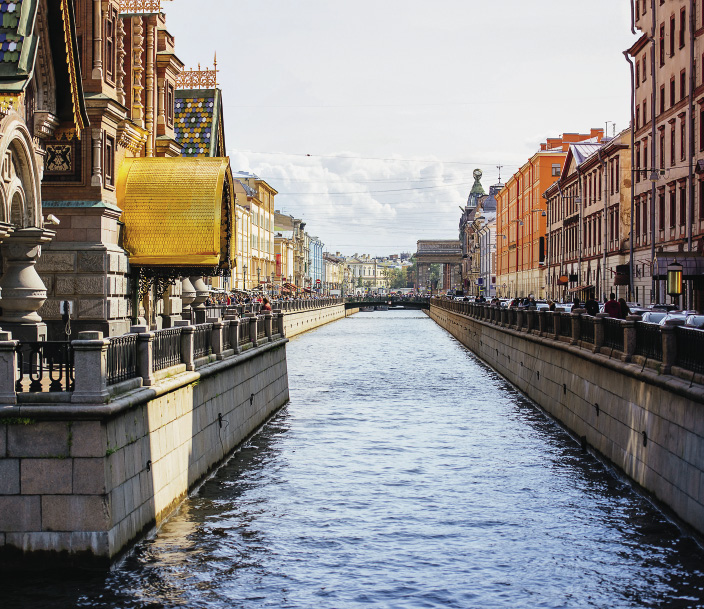
Where to stay
The centre of St. Petersburg has many hostels with room prices starting from $15 (including breakfast). There are small budget hotels like “Academic” (next to the Hermitage), “Rus” (near the Holy Transfiguration Cathedral), and many others. For international hotel chains, prices start from $70 for a standard room (with breakfast). A spacious elite apartment on Nevsky Prospekt or Krestovsky Island will cost around $8,000. There are also good options for accommodation in hotels and resorts, such as that on the northern shore of the Gulf of Finland, 25-50 kilometers from the stadium and the city centre. Especially for the World Cup St. Petersburg will have as many as 10 floating hotels, expected to be three-star with 40 rooms and a restaurant. The hotels will be moored on the Sinop-skaya and Vyborgskaya Embankments and around the Krestovsky Island.
Where to eat
Budget tourists will enjoy the “Kopeika” or “Tarelka” chains of cafeterias that are scattered around the city, as well as a Finnish canteen on Bolshaya Konyushennaya Street, with an average bill of $3-5. In the city there are many international franchise fast food restaurants. Fans of the Soviet past can visit the legendary “Pyshechnaya” on Bolshaya Konyushennaya or the “Sovetskaya Kafe Kvartira” on Nevsky Prospekt to try pastries with powdered sugar and coffee with milk from an
aluminium kettle, or buckwheat porridge with meat and dried fruit compote. Gourmets are advised to try “Trattoria Little Italy”, a small restaurant on Millionnaya Street, the cafe “Beautiful Green” on Mokhovaya, or a Belgian waffle from “Gofre” on Ligovsky Prospekt.

What to see
During White Nights don’t miss a boat trip along the Neva and through the canals under the drawbridges: in 2017, an adult tickets cost around $13. A water excursion to Peterhof on the “Meteor” with a walk in the lower park, a visit to palaces and fountains will cost from $17. Some of the most famous museums and historical buildings include the Hermitage, the Kunstkamera, the “Aurora” cruiser, the Peter and Paul Fortress, the Vorontsovsky and Mariinsky palaces, and the St. Isaac’s and Kazan cathedrals. We recommend a walk through the shady Summer and Tauride Gardens, and a visit to the Water Museum. But to walk the roofs of old Petersburg, you need a special guide: volunteers can be contacted through social networks.
